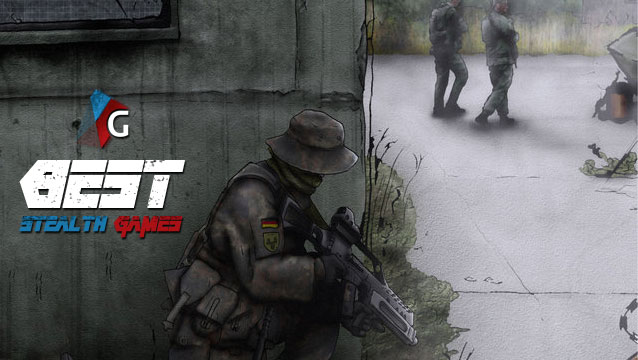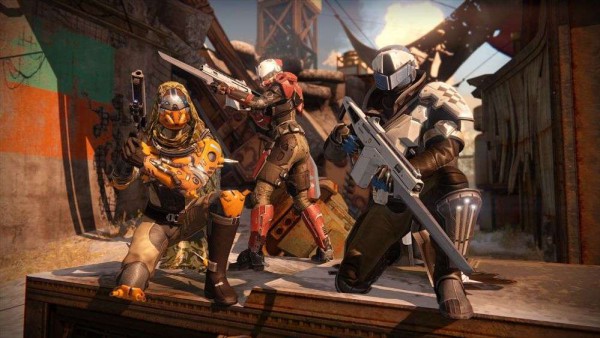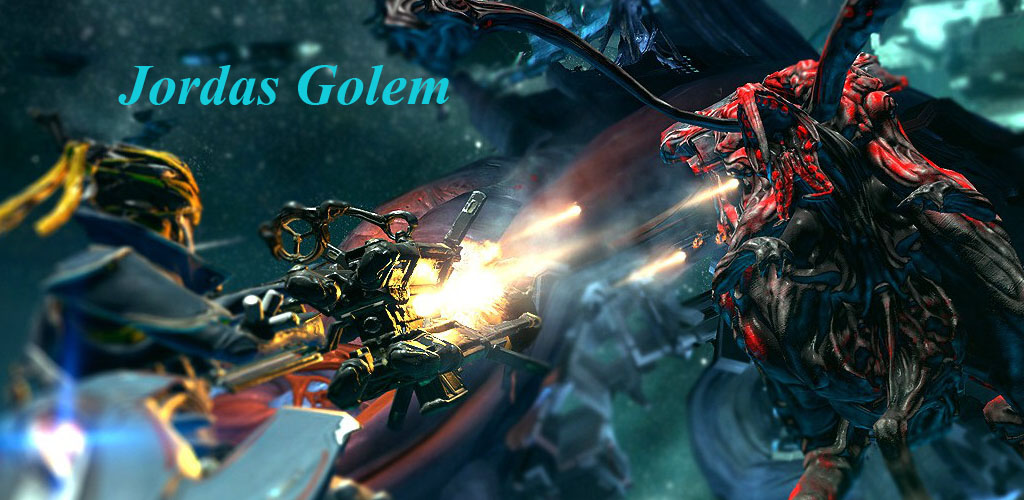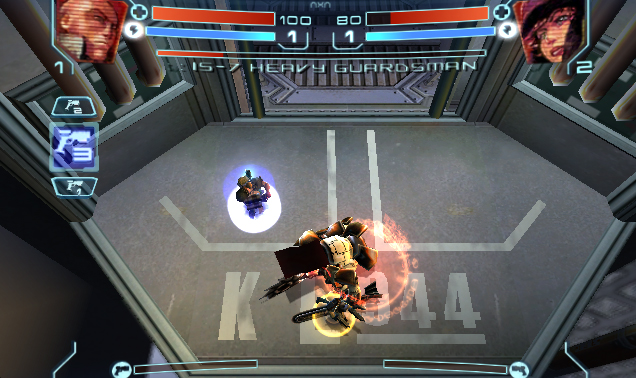


In the past year, Mike Bithell, creator of the critically acclaimed Thomas Was Alone, released a new stealth-action game called Volume. In it, players take on the role of Locksley, who commits his crimes through stealth. He sneaks, he distracts, and avoids. Never to be seen and seldom heard, Locksley blackjacks, bugles, and thunderclaps his foes with a wide arsenal of gadgets at his disposal. The game has a hundred challenging and exciting environments, and every area of the game can be remixed, added to, and expanded upon with the community getting free rein over the game’s direction.
The defining feature of a stealth title is that the player is encouraged to stay hidden in the shadows, which is obviously very different from how most action games are played. There’s no running and gunning and players are definitely encouraged to stay out of sight instead of going up in head-to-head battles against their opponents.
The player can choose whether to sneak up behind enemies or take them out with one hit, usually sapping them instead of killing them outright, with the damage increased by a factor of surprise. Even avoiding enemies and bypassing them completely is an option when the game’s objectives revolve around getting from point A to point B instead of killing everything along the way.
Many stealth games score the player on various measures of stealthy play after each level, like how often the character was detected, or how many enemies were dispatched. With this criteria in mind, we take a look at ten (or more) of the best stealth games of all time.
This stealth simulation type game takes its cues from Metal Gear Solid, offering a top down third person view of the action as the player attempts to make their way through a myriad of hazards and unique guards and enemies.
In MGS4, Players assume the role of Solid Snake, now an old man aged prematurely by his genetics. The game offers a new, over-the-shoulder camera view. Everything we've come to expect from the MGS series is present in Guns of the Patriots, which makes a fine addition to the series.
Before Wolfenstein 3D, which is often hailed as the first proper FPS, there was Castle Wolfenstein. Castle Wolfenstein was released in 1981 for the Apple II, and while it's difficult to compare a game as old as this with more modern examples of the genre, it deserves inclusion for effectively inventing the genre.
The player looks down on the rooms of the castle from above, though the characters appear as if seen from the side. Despite its simple appearance, Castle Wolfenstein features many of the same stealth aspects that still appear in games today. The player character must sneak past guards or use limited ammo to kill them. Some guards can be tricked if the character dons a disguise, though others will be alerted and give chase. All enemies respond to sounds like gunshots and grenades, which is still a core feature of stealth games.
And yet “stealth game” didn't really become a genre in its own right until the late '90s.
The Last of Us is a game that offers a surprising amount of freedom. While it’s possible to play it as a shooter, it’s a lot better to approach the game’s challenges with the use of stealth. The game provides you with many different angles of attack and plays very much like a survival horror game. Every resource counts, and the best way to save what you have on-hand is to play it intelligently—through stealth.
Thankfully, the game is designed with precisely this sort of play in mind. You can distract and stun enemies with bricks and bottles, lay traps for them, and brutally strangle them before they make a sound. And on top of that, it feels entirely cinematic to boot. The Last of Us is, in all, one of the best stealth titles around.
Gunpoint is a bit unique in that it adds stealth elements to a puzzle platformer, eschewing the straightforward level navigation and tactics seen in 3D games. It also features a cross-section screen that allows the player to view various enemies and traps to plan out their best path. developed by a single man, PC Gamer’s Tom Francis, the game debuted to positive reviews in June 2013.
The Hitman games are based on the concept of untraceable assassinations, with Agent 47 using things like poison to take out his targets. He must remain unseen in order to do his job, and he has various ways to do that. One method, of course, is that favourite of stealth games: disguise. Agent 47 can don outfits he finds or recovers from his victims to play dress-up and sneak past guards, though suspicion will be raised if he gets too close, or starts behaving inappropriately.
Like in many stealth games, Hitman 2: Silent Assassin features post-level scoreboards. Players are ranked, from things like “Silent Assassin” (completing the level without being noticed, and with only two non-targets killed) to “Mass Murderer” (not bothering with stealth, killing everyone). Achieving the first nets you bonus weapons, so it's obvious which route the game prefers the player to take.
It isn't just dark murderous games that can be stealthy. Sly Cooper and the Thievius Raccoonus, the first in the Sly Cooper series, is a far jollier affair, with cartoony graphics and plenty of humour. Sly must be stealthy because he is a thief, and spends a lot of time exploring where he's not supposed to be. He can be defeated with one hit, so avoiding combat is the safest option.
In this game, Sly has a “thief sense” that highlights (with blue sparkles) areas that can be used for stealthy moves like shimmying along a wall. The closer Sly is to being spotted, the faster the dynamic music. As happens in many stealth games, if he's detected an alarm will sound.
If you haven't played this, you can pick up the HD remastered version on the PlayStation Store. It's the perfect introduction to stealth for anyone not interested in adult-only games.
Sly Cooper: Thieves in Time is the latest title in the series and one which builds upon the premise of the three previous titles without changing too much about what made the series popular in the first place.
Playable on both the PlayStation Vita and the PlayStation 3, Thieves in Time, Thieves in Time is a strong return to form for the series and one that has a strong place in any list of games—not just this one.
1998 is the year stealth games properly appeared on our radar, and Tenchu: Stealth Assassins is one reason why. Set in feudal Japan, this was one of the first ninja games to actually incorporate the important ninja skill of stealth. Each level takes place at night to make up for the limited draw distance achievable with the original PlayStation, but that only improves the atmosphere of the game.
In Tenchu: Stealth Assassins, the two playable characters each have a grappling hook that lets them quickly reach the rooftops and run along the top of buildings to avoid being seen by those below. The characters can sneak up behind unsuspecting enemies and cut their throats, something which features a lot in modern action games, or engage them in open combat.
This game will look old to a lot of young gamers today, but at the time it came out it was rated very highly.
Released a decade after the first Tenchu for both the PSP and the Nintendo Wii, Tenchu: Shadow Assassins is the fourth game in the series and one which retains the series' roots of being a stealth-action game.
Shadow Assassins allows players to take control of two characters, feautring an over-the-shoulder camera perspective. Set across 10 missions, players can choose to opt for stealth or engage their enemies in open combat using martial arts skills.
Stealth is not the only way to play Dishonored, but that side of things is definitely big enough to merit its inclusion in this list. On paper, the player is completely free to choose whether to rampage through the streets making a lot of noise and killing everyone on sight or remain completely unseen, potentially not killing anyone at all. But the stealthier route is subtly encouraged.
For one thing, Dishonored features those same post-level scoreboards that are in so many stealth games, with checkboxes that are only ticked if you don't alert a single guard or kill a single person. And Corvo can upgrade his magical skills to the extent that he can leap across rooftops in a split second, freeze time, and instantly turn a downed enemy into dust.
Dishonored is a recent success for the stealth genre, and hopefully a sign that more IPs will come along soon to refresh and improve on the concept of a “stealth game”.
Back in the “heyday” of stealth games, approximately 1998-2002, Deus Ex is another game that offers stealth as a choice. But again, getting into combat is problematic as enemies come running once alerted to your presence. And the backstory awarded for thorough exploration encourages playing the slow, stealthy way.
Like the Dishonored it clearly inspired, Deus Ex lets the player upgrade the character to fit a certain play style. For stealthy play, this will mean using skill points to enhance the character's ability to hack computers and pick locks, rather than prowess in combat.
Deus Ex was critically-acclaimed at the time of its release, and 2011's Deus Ex: Human Revolution was highly popular too.
Human Revolution seems, for the most part, like a first-person shooter with strong RPG elements, but it offers a wide array of stealth options that, for the most part, make it a better stealth game than an FPS.
Like the first two Deus Ex games, the game allows you to approach combat situations based on your own personal preference. You can take out enemy combatants through stealth, and even use your hacking abilities to get sentry guns and armed robots to do your bidding for you.
Mark of the Ninja is a 2D platforming game that uses and refines the stealth mechanics that have featured throughout the growth of the genre. The unnamed ninja protagonist must stay out of sight of the guards by remaining aware of both light and sound, extinguishing lights and staying in the shadows, keeping noise to a minimum.
Mark of the Ninja also opts for the recent trend of allowing the player to upgrade the character. The player racks up points for silent kills and sneaking past an enemy undetected, and loses them for raising the alarm. Points buy seals, which can be used to purchase extra skills.
This game may not have come from an AAA team, but it has been so well-received that some critics have even awarded it a perfect score.
The first in this stealth series, the original Splinter Cell arrived at just the right time to build on the blossoming success of stealth games that occurred around the turn of the millennium. The game was praised for its use of lighting, and Sam Fisher makes much use of the shadows as he sneaks around various dangerous locations. He even has night vision goggles to help him on his way.
Sam Fisher and stealth go hand in hand, so much so that fans of the Splinter Cell series were worried to see his unsubtle behaviour in the E3 trailer for upcoming Splinter Cell: Blacklist. Luckily, Ubisoft responded with another trailer that shows a “ghost” play through of the same level, proving that stealth is very much still a part of Fisher's repertoire.
Splinter Cell: Conviction is a lot like its predecessors, but it comes with the introduction of new gameplay, one of which is the "Mark & Execute" feature, which allows the player to mark specific targets, such as enemies or objects, and shoot them in rapid succession without manually targeting each. Other features, such as "Last Known Position" allow Sam, the protagonist, to track his foes, to aid in stealth.
With the exception of a few open-combat missions, Conviction has a very strong emphasis on stealth and is a good addition to the series.
Thief: The Dark Project was one of the first stealth games to use both light and sound, both of which have been used in many stealth games since. The character must stick to the shadows, with a monitor showing the current visibility level to the player. More than that, the character must be careful where he treads, as some surfaces cause more noise when stepped on than others. Sound was also used to detect the movements of NPCs or to distract them.
Released way back in 1998, this is another highly-praised game that influenced many that came after.
Players once again assume the mantle of Garrett, master thief, and roam the streets of The City in search of wealth. While previous games simply sent Garrett from mission to mission, Thief: Deadly Shadows has a small, but open world environment allowing Garrett to wander through the city, stealing from passers-by and spying on the daily lives of townspeople.
Hiding in boxes, crawling underneath objects, and using noise to distract enemies, Solid Snake really knows his stealth. Equipped with a radar, he must avoid detection lest he set off any alarms, which puts him in “alert mode” and forces him to hide. Once hidden, the “evasion mode” counter ticks away until the guards lose the trail and Solid Snake is back in “infiltration mode” once more.
This was the first Metal Gear game to be made in 3D, which meant there was lots of experimentation with things like line of sight and height. Luckily, the experimentation paid off, and we ended up with not only the best stealth game of all time, but one of the best games ever made.
Kojima Productions continues its Metal Gear Solid franchise with the latest chapter, The Phantom Pain, whish ushers in a new era for the franchise with cutting-edge technology powered by the Fox Engine. The game is the first in the series to take stealth into an open-world setting, offering more tactical freedom than ever before.
Set nine years after the events of Ground Zeroes, the game resumes its story in1984 with the Cold War still as the backdrop.




 How To Get/Unlock Touch Of Malice Rifle In Destiny: The Taken King
How To Get/Unlock Touch Of Malice Rifle In Destiny: The Taken King Pick Your Own Adventure: The World of Gamebooks on iOS
Pick Your Own Adventure: The World of Gamebooks on iOS Warframe: The Jordas Golem
Warframe: The Jordas Golem Destiny: Mars Gold Loot Chest locations Walkthrough Guide
Destiny: Mars Gold Loot Chest locations Walkthrough Guide I Havent Played Many of Gamings Classics, and Im Fine with It
I Havent Played Many of Gamings Classics, and Im Fine with It